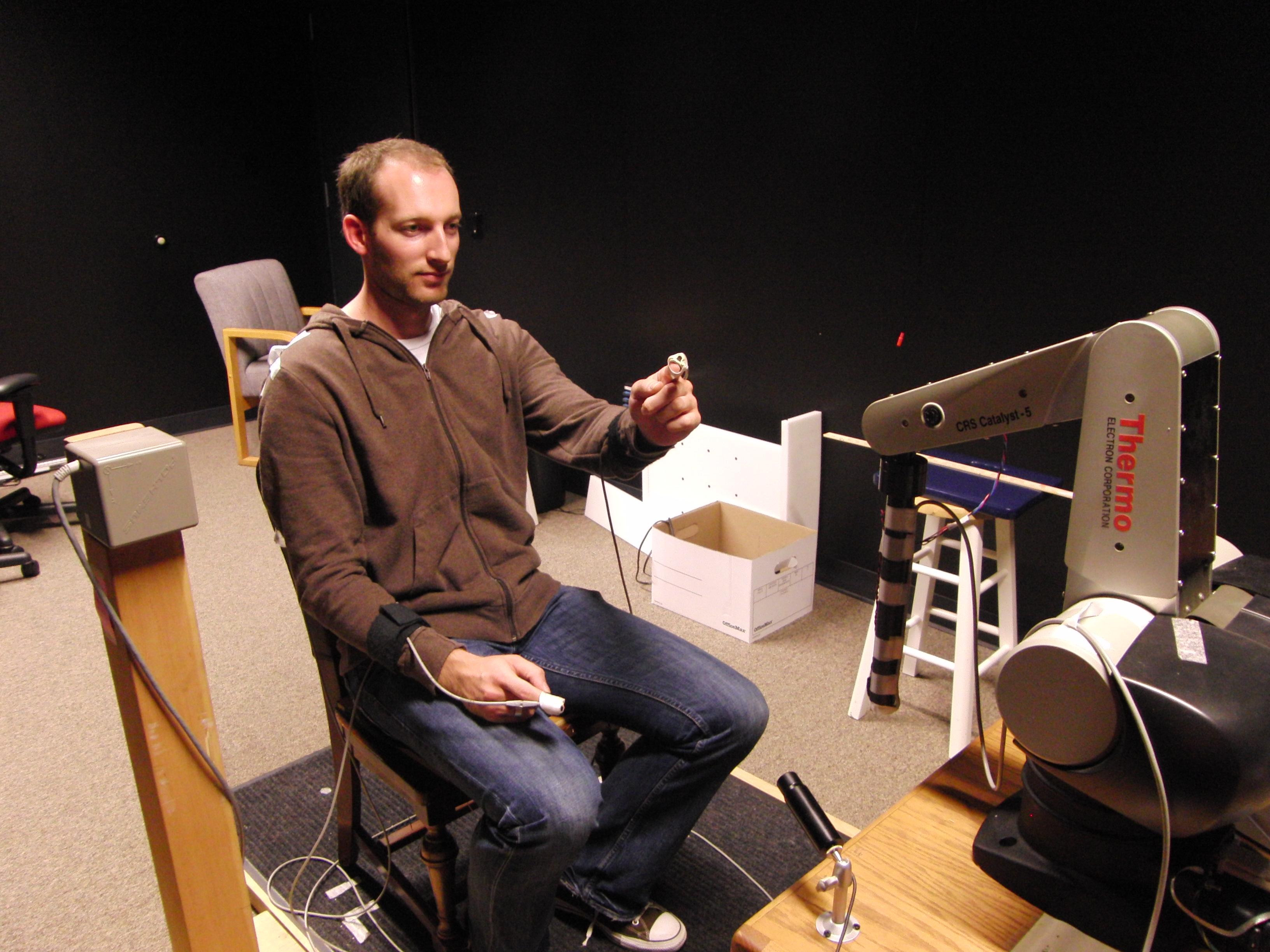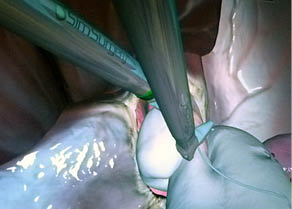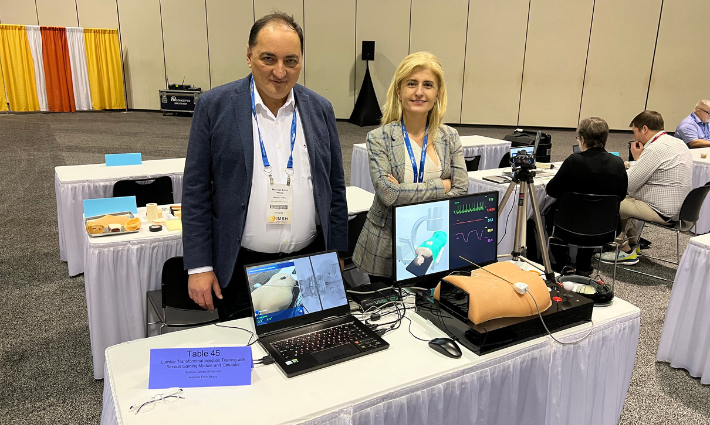Case Study: Neuroscience Application Powered by Polhemus Trackers
Polhemus motion tracking technology enables motion measurement in a neuroscience application. Polhemus proprietary electromagnetic technology is ideal for this type of work because of its high level of accuracy and ability to produce repeatable results.
Imagine holding a cup of coffee, and just as you begin to take a sip,
your hand begins to tremble uncontrollably. It’s this type of simple
daily task that leaves Parkinson’s Disease patients feeling frustrated
and asking for answers--from doctors and the research community.
At the Institute for Neural Computation in La Jolla, California, the
approach is to analyze the normal motor control and learning processes,
and the nature of the breakdown in those processes in patients with
selective failure of specific sensory of motorsystems of the brain.

By connecting the light-weight and unencumbering Polhemus sensors to the patient’s hand, for example, he is able to capture quantitative data and analyze the degree of trembling the patient experiences, down to the slightest of movements. Dr. Poizner then reports this quantitative data to the clinical side, providing critical insight into how well the therapy is working (image: courtesy of the Poizner Lab). Polhemus’ proprietary electromagnetic technology is ideal for this type of work because of its high level of accuracy and ability to produce repeatable results, said Dr. Poizner.
The Poizner Lab utilizes various Polhemus motion tracking products, including: FASTRAK®—used to digitize positions of EEG electrodes and LIBERTY™—both 8 and 16-sensor systems used for measuring patient reach and grasp, and other biomechanical metrics
“It was important that we accurately tracked in space without any line of sight occlusions. This is very high tech—as it measures the most subtle movement.”
Research in this area of neuroscience has been particularly challenging in the past. A method for capturing body movement three-dimensionally and correlating it with a patient’s brain wave activity will be a significant advancement in understanding therapeutic effectiveness.
According to Dr. Poizner, “The ultimate goal was to be able to quickly and cheaply provide an assessment in a quantitative, correlated, rigorous fashion.”


